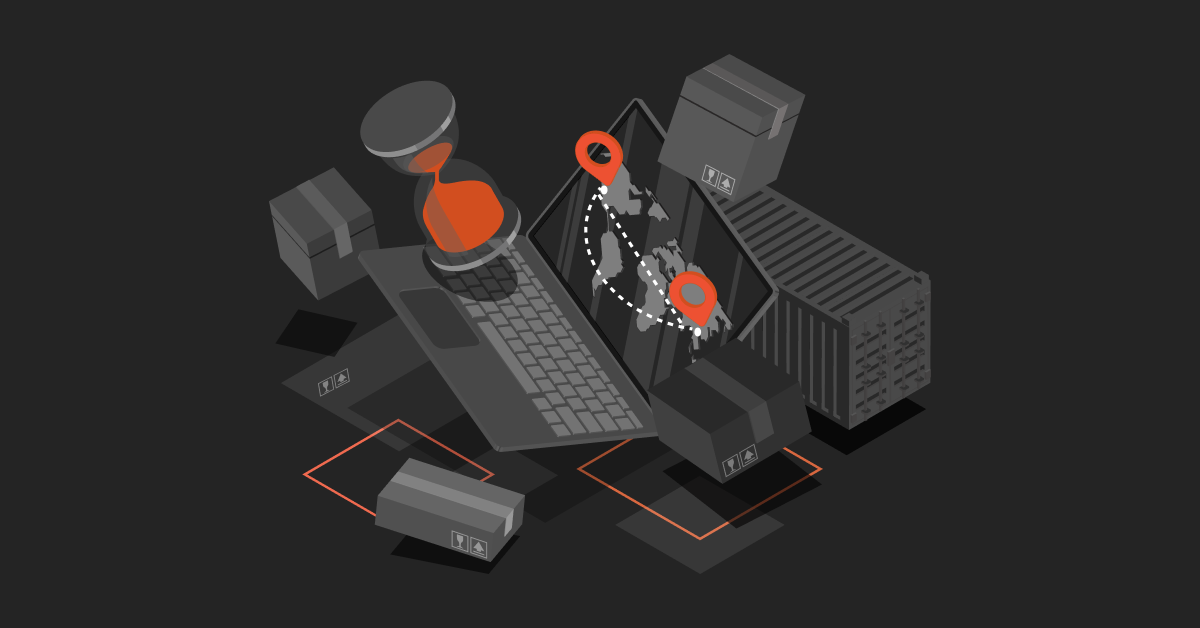Managing your online stores and their many departments necessitates optimization, innovation, and creativity. The customer experience will influence your traffic, conversion, and sales outcomes, starting with the site design, themes, and layouts. Nowadays, eCommerce automation helps you to focus on more productive activities. It liberates your brand from time-consuming processes while still providing the desired customer experience.
eCommerce Automation is a phrase that refers to any product or approach that helps your eCommerce business turn manual, repetitive operations into self-fulfilling, automated processes.
Let’s talk about the kinds of tedious, manual activities that your eCommerce staff are sick of doing. Consider the following tasks that can be automated to save time:
- Inventory control is important.
- Generation of leads.
- Decision-making and strategy.
- System of marketing and communication.
- Communication inside the company.
- Customer service.
Automating your eCommerce relieves you of a heavy workload, repeated activities, and procedures that appear complex or difficult at first glance.
eCommerce Automation: When Should You Do It?
When should your online store be automated?
The primary motivation for automating your eCommerce is to improve the customer experience while freeing up time for other important duties that need cognitive and interpersonal abilities.
- Because your systems are insufficient, your staff is unable to keep up with the sales volume.
- Data transfer from one system to another takes more than an hour per employee every day.
- Because inventory briefs are delayed and full of inaccuracies, your inventories are out of date, and your shop is running out on products as a result of these inefficiencies.
- Your sales crew is more interested than ever in communicating with customers to correct purchases or shipment mistakes.
- Because of shipping or process inefficiencies, customers are dissatisfied with your goods and are returning their orders.
If at least three of these issues apply to your eCommerce store, it’s time to automate it. Even if you don’t now have any of these issues, it’s inevitable that as your company grows, you’ll start to notice uncomfortable bottlenecks in your processes.
eCommerce Automation: Benefits
Automation gives your eCommerce companies several advantages since it allows you to achieve things you wouldn’t be able to do otherwise. Some jobs are vital to your brands, yet they are just impossible to complete manually.
A variety of activities entail continually watching and gathering data, verifying for specified criteria, and then acting on them by implementing a method such as sending an email, flagging items, or boosting customers to specific segments.
Once you’ve put it up, automation allows the program to cope with all of this data and advance properly without you having to intervene.
Checklist for eCommerce Automation
You already know that you need to automate to succeed, but where do you start? This is the next crucial phase. So, to improve staff productivity and your online visibility, explore the eCommerce Automation Checklist below.
For Your Store:
- Make use of consumer data to tailor your online store for customers and increase sales.
- Customer segments are sent with an incentive to sign up for an account.
- Customers may be segmented and tagged depending on their browsing history, gender, and purchase history.
- When tagged clients come in, show them items that are relevant to them.
Inventory Issues?
Do you have a problem with low stock? There is a way out.
- When a product’s supply is running short, use personalized notifications to boost demand.
- When a supply runs out, check inventories and make an order with the seller.
- Allow clients to sign up for back-in-stock notifications, which will send them an email whenever the stock level changes.
Bonuses and Rewards?
Allow your clients to make wish lists and, if feasible, offer rewards.
- Customers should be able to construct wish lists.
- Send email marketing campaigns as follow-ups.
- Customers should be rewarded through a system.
Real-Time Selling?
Real-time merchandising may help you improve your consumer experience.
- Once your purchase is back in stock, you may display goods in your store.
- To avoid dissatisfied consumers, keep sold-out products concealed.
- Set a threshold for when your inventory is low and you’ll be notified.
Want Returning Customers?
Gift cards and customized discounts might help you gain more loyal consumers.
- Customers will get a discount coupon through email or text message.
- Customers should be segmented depending on their buying history.
- Send a gift card by email, Facebook Messenger, or push notifications.
At DCKAP Integrator we connect your ERP, eCommerce, and CRM applications instantaneously and efficiently, eliminating the hassle of back-and-forth manual efforts – so your operations team will have access to critical data to enrich customer experience.
We believe that things between you and your technology partner should be transparent, so you know exactly what’s going on. That’s what we do here at DCKAP Integrator.
We have a dense corpus of information on everything related to NetSuite which you can find here. I hope you found this helpful, ask us in the comments below if we missed something and we’ll get back to you.
Here you’ll find all the information you need to manage your internet distribution company. You can also save this page to your favorites for quick access to the most recent information.
Tell us something you’d want to learn more about on LinkedIn.
Thank you for reading.
Contents




